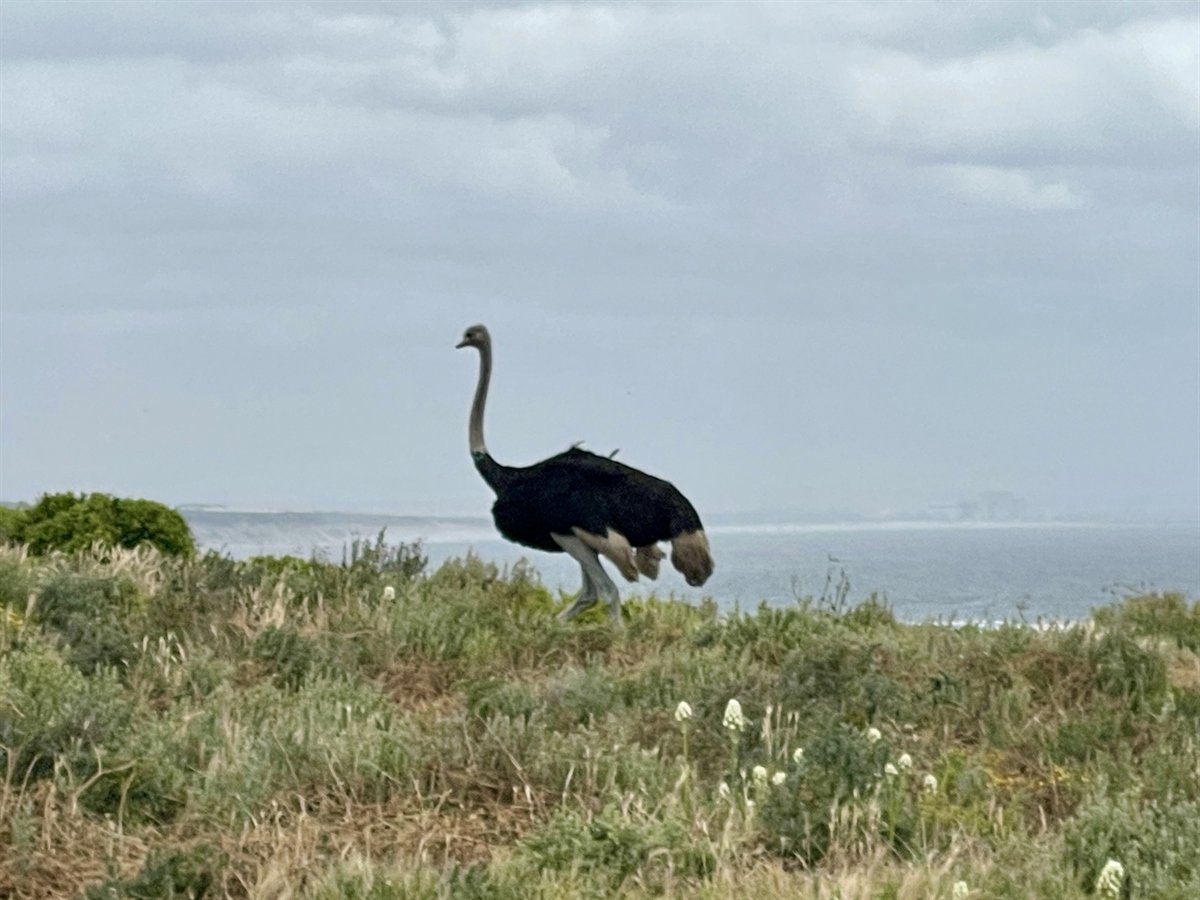The Ostrich: A Marvel of Nature
Discover the remarkable world of ostriches at Springfontein Estate. As the largest and heaviest birds on Earth, ostriches captivate with their incredible speed, striking plumage, and fascinating social behaviors. Learn about their unique communal nesting practices, the distinctive footprints they leave behind, and the efforts to conserve these magnificent creatures. At Springfontein Estate, the presence of ostriches adds to the rich tapestry of wildlife, offering a unique glimpse into the natural beauty and biodiversity of our location.
Click below to read the full blog post to explore more about these majestic birds and their significance in the ecosystem of Springfontein Estate.
Nestled within the diverse ecosystem of Springfontein Estate, the ostrich stands out as one of nature's most remarkable creations. As the largest and heaviest bird in the world, the ostrich (Struthio camelus) is a true marvel, both fascinating and enigmatic.
Introduction to the Ostrich
Ostriches are native to the African continent and thrive in the savannas and open woodlands. These flightless birds are known for their incredible speed, capable of reaching up to 70 kilometers per hour (43 miles per hour), making them the fastest birds on land. Their long, powerful legs not only contribute to their speed but also make them formidable when it comes to defense.
Physical Characteristics
An adult ostrich can stand up to 2.7 meters (9 feet) tall and weigh as much as 156 kilograms (344 pounds). Despite their size, they are highly agile and can cover 3 to 5 meters (10 to 16 feet) in a single stride. Their large eyes, about 5 centimeters (2 inches) in diameter, are the largest of any land vertebrate, providing them with excellent vision to spot predators from afar. Another striking feature is their long neck, which not only aids in spotting potential threats but also allows them to reach food both high and low, giving them a versatile feeding advantage.
Unique Features
One of the most intriguing features of the ostrich is its plumage. While males sport striking black and white feathers, females and young ostriches have a more subdued brownish-gray coloration, which helps them blend into their surroundings. This sexual dimorphism is not just for show; it plays a crucial role during the breeding season.
Diet and Habitat
Ostriches are omnivores, feeding on a variety of plants, seeds, insects, and small vertebrates. They have a unique digestive system that allows them to extract maximum nutrients from their food. Interestingly, ostriches swallow small stones to help grind down the food in their gizzard, aiding in digestion.
Breeding and Social Behavior
Ostriches are social animals, typically found in groups ranging from small pairs to large flocks of up to 50 birds. During the breeding season, dominant males establish territories and perform elaborate courtship displays to attract females. The dominant female in a group will lay her eggs in a communal nest, where other females may also lay their eggs. This cooperative behavior is fascinating to observe at Springfontein Estate, where ostrich groups sometimes form community nests.
Community Nests and Nest Abandonment
Occasionally, a group of ostriches, including some hens and one cock, might form a community nest. This collective effort enhances the survival chances of their offspring. However, ostriches rarely abandon their nests. If the nest is disturbed and the eggs roll away or break, they may abandon it. This behavior underscores the importance of maintaining a safe and undisturbed environment for these magnificent birds.
Footprints and Tracks
Ostriches leave behind distinctive footprints with two toes, each equipped with a large nail. These tracks, often seen across Springfontein Estate, are a testament to their presence and movements. The nail marks are particularly noticeable, adding to the unique character of their footprints.
Conservation and Importance
The conservation status of ostriches varies by region, but habitat loss and hunting pose significant threats to their populations. Efforts to protect and conserve these magnificent birds are crucial, not only for biodiversity but also for the role they play in their ecosystems as seed dispersers and as a food source for predators.
At Springfontein Estate, the presence of ostriches adds to the rich tapestry of wildlife that makes this location so unique. Whether you're a film director captivated by their grace and speed or a nature enthusiast eager to learn more about these incredible birds, the ostriches of Springfontein never fail to impress.
Conclusion
Ostriches are a testament to the wonders of nature, embodying both strength and beauty. Their ability to adapt and thrive in diverse environments makes them a fascinating subject of study and observation. At Springfontein Estate, we celebrate the ostrich and all the wildlife that contributes to the vibrancy of our ecosystem.
Visit Springfontein Estate to witness these majestic birds in their natural habitat and experience the unparalleled beauty of our location.






























